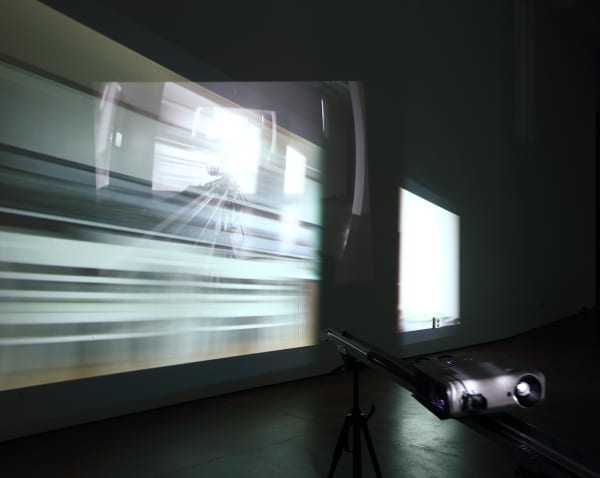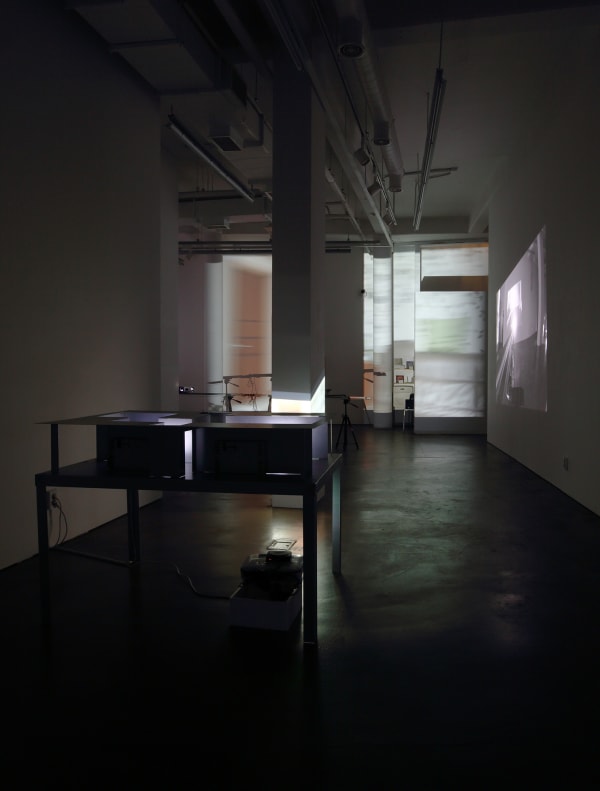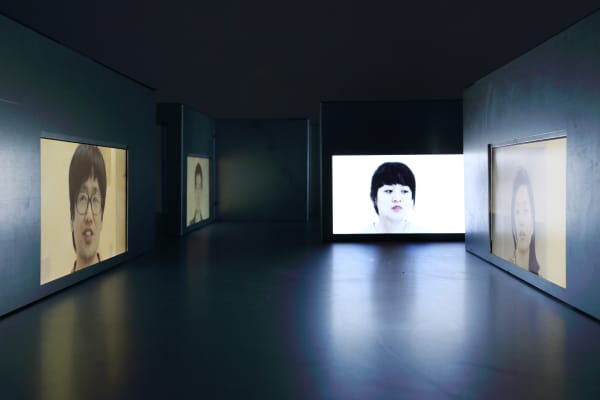scotama: Jeong Jeong-ju
When driving through a dark space at high speed, scattered lights coming from houses or street lamps flash by in the night. As I watch these points of light pass, I begin to sense the distance between myself and each of them. I start to imagine the shape of the space they inhabit.
When I come across a particularly dark area, I form a careful, even cautious, mental image of it. A few moments later, my mind assembles a landscape composed of fragments and clues found within the darkness.
The body, a subject that perceives images through light, or light reflected off objects, serves both as a reference point for understanding the world and as a vessel for projecting meaning onto space and matter. The eye, as the most sensory organ related to space, perceives the forms, movements, and sources of light. It recognises how light shifts and transforms in relation to the architecture of a space. Our gaze becomes a presence. Quietly observing the light, its origins, and the many ways it reveals or shapes the world around us.
Scotoma is a medical term referring to a blind spot in one’s field of vision. A point where the optic nerve enters the eye and interrupts the continuity of retinal photoreceptors, resulting in a small area that cannot register visual stimuli. The term was later adopted by the French psychoanalytic and reinterpreted in a psychological and symbolic context.
Jacques Lacan describes the scotoma as a form of subjective consciousness that is experienced through the gaze. The gaze, in Lacanian theory, is about the unsettling feeling that the object one observes might, in turn, be observing the observer. As expressed in the phrase “I see myself seeing myself”, the gaze reflects the moment in which the subject becomes aware of being seen. Of being caught in the light that seems to emanate from the object itself.
Lacan equates this experience to a kind of light cast from the object toward the viewer. One that leaves a shadow across the eye; a black mark or scotoma.
In the work <Gaze>, two projectors are installed on a long rail, facing each other as they move back and forth. Each projector is paired with a video camera that captures live footage, projecting it onto the wall ahead in real time. As each camera stares directly into the light emitted by the opposing projector, it simultaneously sends its own gaze forward, casting its light back in return. The projectors approach and recede from each other along the rail, creating a visual metaphor for the relationship between how we see ourselves and how we are seen by others.
In <5개의 거실>, I filmed the interiors of friends’ apartment living rooms using a rotating camera. These videos are then unpredictably interwoven with footage of my own living room.
In <거실>, I created a scale model of my apartment living room and embedded five monitors into its walls. Each screen shows intimate videos in which close family or friends speak about emotional wounds or sources of stress, followed by scenes that depict how they physically or emotionally respond to that stress.
The 3D animation work <이동> overlays shifting spatial forms that change in response to the my gaze and movement. As I move, the lines of the space overlap and evolve, projecting on to a surface like a drawing on paper.
The two works titled <이동하는 빛이 있는 방> are animated homages to the paintings of Edward Hopper. Each portrays a room as a metaphor for the inner self, where light slowly moves across the space. The changing light, along with glimpses of the sky and sea through a window, becomes a quiet metaphor for the presence of the other person experienced within the self.
Across the exhibition, the interplay of space, light, gaze, and movement becomes a metaphor for the complex emotional states that arise between the self and others. The feelings of unfamiliarity, anxiety, curiosity, intimacy, and fear. These are the “scotomas” that emerge from my everyday life, shaping the poetics of perception and presence.






